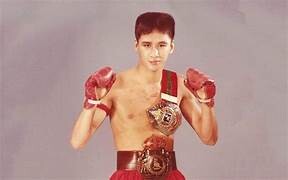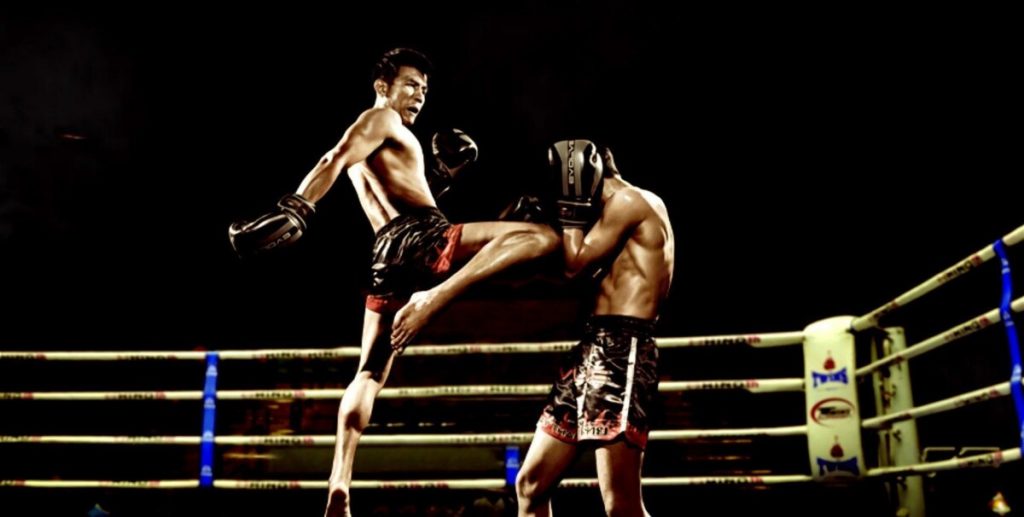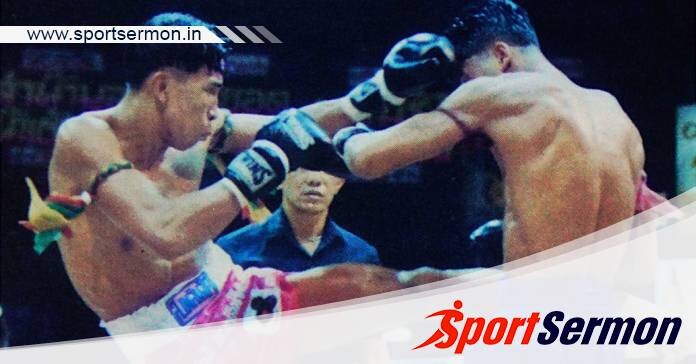Muay Thai Fighters Golden Era: Which current Muay Thai champions may be compared to the illustrious warriors from the Golden Age? Will Yothin defeat Dieselnoi in a Muay Khao match? Who would win a fight between Tawanchai and Sangmongkol’s left legs?
These kinds of questions have been discussed for years in almost every Muay Thai club on the planet. Whenever a new champion is crowned, someone will unavoidably ask to see how they stack up against the previous winners. Sadly, there are no “correct” responses to these queries. Comparing the two periods of the sport would be like comparing badminton to tennis because of how much the sport has evolved in the last few decades. Although they might look the same, the regulations aren’t the same and the fields aren’t the same size.
In light of this, it is evident that all the data and information we could ever need to compare the warriors of the past and present would be meaningless. Any assertion that one era is superior to another is typically supported less by objective evidence and more by sentiment and subjective opinion.
Muay Thai Fighters Golden Era

Fans who enjoy the Muay Thai fighters Golden Era usually bring up names like Samart, Dieselnoi, and Veeraphol while discussing the best fighters of that history. Fans haven’t forgotten these guys because of their artistic ability alone, even if each of them has received recognition for how they have interpreted Muay Thai. Individuals who view these individuals as the epitome frequently do so based more on the characteristics that are imposed upon them than on their skills or achievements.
Narratives of Golden Era heroes’ “toughness” always follow whenever one of them is mentioned. It appears that a lot of these warriors are inextricably linked to their battle, and it is this battle that makes them so appealing to supporters. People who grew up in poverty that is unfathomable to a modern audience, such as Samart, Sagat, and Hippy Sangmanee, started battling at a very young age. Not merely for fun, but also as a means of survival for themselves and their families, they exercised in gyms without cushions or mats alongside mature men.
The biography of Nai Khanom Tom, the Thai soldier who served as Muay Thai’s grandpa and whose valour and skill saved many of his fellow countrymen from being imprisoned, is paralleled by this well-known theme.
These stories present the Golden Age legends as heroes who rise above difficult circumstances to fight for a cause bigger than themselves. These people’s struggles to become champions are considerably more remarkable than the number of titles they held, the honours they were given, or the recognition they gained.
Modern fighters are unable to live up to the same myth of the hero. Over the past several decades, Thailand’s social and economic situations have significantly improved. Although things are still not ideal, there are now many options for Thai people to make a livelihood before being forced into conflict. Because they love the sport and the personal challenge, boxers of days are more inclined to pursue a career in the ring.
This does not imply that fighting is now simple. A variety of new challenges have emerged as a result of Muay Thai’s recent expansion and innovations, which contemporary fighters must face to pursue prosperous careers.
One may argue that emerging Nak Muays have never had it so difficult to reach the top of the sport.
You might also be interested in reading this: K1 VS Muay Thai: What is The Difference Between Both?
The Road To the Muay Thai Fighters Golden Era
The route to the top was easy to follow during the Golden Age. The greatest warriors battled in the stadiums of Bangkok, and taking home a Lumpinee or Rajadamnern Title was equivalent to being crowned king. That’s not the situation anymore. Although Muay Thai is still most popular in Bangkok, other rival regulating organisations and rulesets have emerged as a result of the sport’s international popularity. These days, there are hundreds of “world champions” in each weight division, thereby nullifying the significance of the title.
This not only makes it more difficult for the current champions to distinguish themselves as the greatest among their contemporaries, but it also makes it more challenging for supporters to decide who is truly deserving of the title of “world champion.”
The greatest boxers used to compete in the Bangkok stadiums because even betting odds were necessary to keep them there. The best may never face each other in the ring due to the global scope of the sport, contractual commitments on the part of competing promoters, and the sheer number of opponents. Once more, the selection of the greatest candidates is dependent on the whims and preferences of the supporters.
It has also become more difficult for enthusiasts to agree on what Muay Thai actually is due to the sport’s expansion since the Golden Era. This was formerly a highly debated topic; some fans believed that the sport’s ideal fighting style was an aggressive Muay Buok style, while others believed that the purest demonstration of talent was a cerebral Muay Femur style. The seas are now much more murky, and supporters wonder, “Who is the best?” There are a few more questions to ask, including “under three rounds or five?” and “under Global or Stadium Rules?”
The Globalisation of Muay Thai

These last two issues make it really difficult to compare the boxers of Bangkok’s Golden Era stadiums to those of today. Forty years ago, matches consisted of five rounds and a single scoring system, making every bout feel like a marathon. For modern combatants, a three-round system that judges each round as a single sprint is far more familiar.
Rambo Mor. Rattanabandit, a multi-stadium champion, is one fighter who found it difficult to make the switch, since he lost all three of his fights on ONE Championship, even though he had previously defeated Nathan Bendon and Luis Cajaiba, the world champions of the WBC, in five-round fights. Ferrari Fairtex, the winner of Thailand’s coveted 2021 Sportswriter’s Fighter of the Year award, also struggled in his first three fights with ONE Championship, dropping two of them against opponents with far less experience until he eventually settled into the rules.
The globalised ruleset’s three-round bouts mark the conclusion of the sport’s modifications, but the Muay Thai stadium brand has continued to evolve. Due to the widespread use of gambling, fights in stadiums today begin far more slowly than they did in the early 1990s. This has an impact on how boxers approach their battles.
Beyond this, though, are modifications to a fighter’s training that would have a significant effect on the conduct of a battle between fighters from the past and present.
Weight Loss, Strength Training, and Nutrition
The popularity of Muay Thai and other combat sports throughout the world has grown along with a scientific understanding of the best ways to train fighters for competition. Because of this, the majority of modern champions gain from having a full-time nutritionist who helps them with the crucial steps of weight-cutting and rehydration as well as evaluates their food.
Promotions like ONE Championship have begun to take action in an attempt to discourage the trend of champions losing weight and recuperating from fights earlier than in the past, as these two criteria are so important to the result of a bout.
Many modern athletes’ training regimens have evolved as a result of advancements in strength and conditioning. Running, sparring, and hitting the pads or bag are no longer sufficient methods of getting ready for a fight. Nowadays, a lot of fighters train on sports-specific motions that help them punch harder and move quicker with lower weights by lifting weights many times a week.
These advantages won’t make a fighter “tougher,” but even if they won’t raise a fighter’s battle IQ or enhance their Muay Thai abilities, they nevertheless provide them with a very significant edge when it comes to who can deal the most damage to their opponent.
In summary
Considering all of this, it becomes evident that it is impossible to draw comparisons between today’s top fighters and those who reached the top of the stadium over forty years ago. Both the world and the sport have evolved. The circumstances that gave rise to Tawanchai’s international fame are very different from those that made Sangmongkol the most admired southpaw of the early 1990s. They both fought in such distinct environments and have had quite different upbringings and training. I’m sorry to inform you if you came to this post expecting to get a conclusive response to the query of which guy is superior, you will be disappointed. Which boxer stands out as the greatest of all time is still up for dispute, but it is purely subjective.

